Boardwalk Loop

Congaree's most popular trail, on a wooden path among giant trees.
Easy Hiking
- Distance
- 3.6 km
- Ascent
- 6 m
- Descent
- 6 m

Walk among old-growth, giant trees in South Carolina's unique national park.
Hiking Easy, Moderate

Most people don’t know that South Carolina has a national park, but less than an hour’s drive from the state capital lies Congaree, preserved for its rich forest of exceptional trees. Sometimes called the “Redwoods of the East,” Congaree’s trees are among the largest of their kind, and many state and national record holders are found here. They have grown so tall over a span of hundreds of years, spared from logging and nourished by frequent natural floods. The primary forest type is southern bottomland hardwood, which is dominated by bald cypress, water tupelo, and various oaks, and hosts a stunning diversity of other plants and wildlife.
This ecosystem was once prevalent in the Southeast USA, but is now rare because most old-growth forest has been logged, and most rivers are dammed to stifle flooding. Congaree has been largely spared from this fate, partially due to the density and inaccessibility of this forest, but mostly due to diligent efforts by local conservationists. “Today, Congaree National Park encompasses nearly 27,000 acres, including the largest intact expanse of old-growth bottomland hardwood forest remaining in the southeastern United States,” according to the National Park Service.
With low fees, modest campgrounds, and uncrowded trails, Congaree feels more like a state park than a sprawling national park, and dogs are even allowed on all trails (if on leash). The network of trails caters to all abilities, ranging from the ADA-accessible Boardwalk to the wilderness River Trail. With this variety, you can visit for part of a day or for multiple days, camping in a campground or in the backcountry.
As a swamp ecosystem in a sub-tropical climate, Congaree experiences dramatic changes with the seasons. Summers are hot and humid, while in winter, it can get below freezing. Mosquitoes are a nuisance in the warmer months. Therefore, the best times to hike in Congaree are generally spring and fall, but any season is good if you prepare for the weather and bugs.
Another challenge to anticipate is the floods. At any time of year, with heavy rains, the swamp can fill with water. This is good for the trees but obviously hinders hiking. During big floods, most trails are impassable, but on the elevated boardwalk, you can hover above the inundated forest. At other times trails are still passable, but muddy and flooded in places. Nature lovers will want to visit at different times of the year, to see the various phases of the ecosystem––big floods in the winter, flowers in spring and summer, changing leaves in the fall, and a shifting multitude of birds and butterflies throughout the year.
Though Congaree is small for a national park, there are more trails than you can likely hit in one visit. To make the most out of your trip, use this list to find the best hiking gems. Whether you want to witness record-size trees, look for birds and wildlife, spend a night deep in the woods, or simply take a morning stroll, there’s a trail for you in Congaree National Park.

Congaree's most popular trail, on a wooden path among giant trees.
Easy Hiking
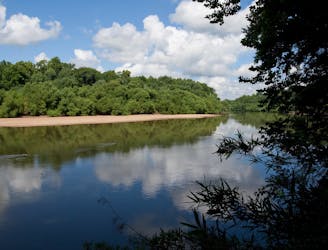
As a day trip or backpacking trip, hike through designated wilderness that’s rich in wildlife, and reach the shore of the Congaree River.
Moderate Hiking
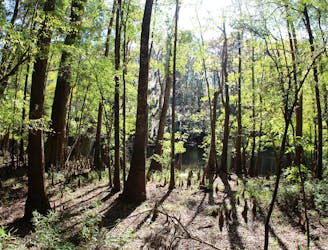
A longer and wilder hike than the Boardwalk, finding more diverse forest and wildlife viewing opportunities.
Easy Hiking

One of the park’s longest and most remote hikes, granting especially diverse forest communities and bird life.
Moderate Hiking
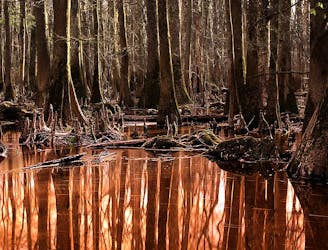
A mellow stroll through Congaree National Park’s enchanting forest of huge trees, reaching a viewpoint on the banks of the Congaree River.
Easy Hiking
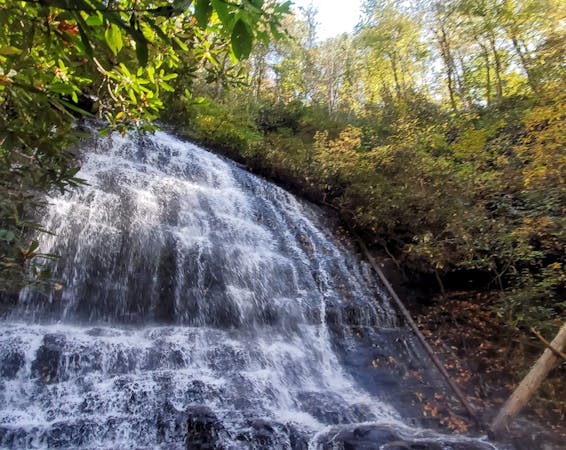
10 routes · Hiking
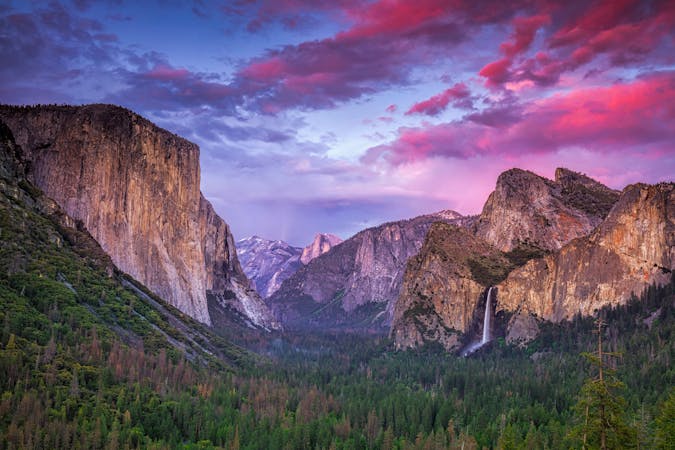
63 routes · Alpine Climbing · Hiking